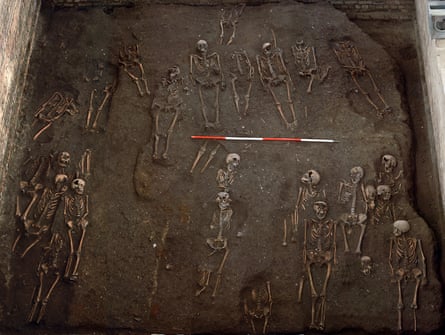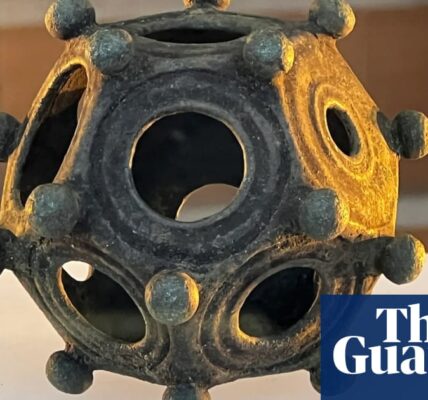The lives of hundreds of individuals from medieval Cambridge have been uncovered by archaeologists.
Using extensive scientific data, researchers at Cambridge University have reconstructed the life stories of numerous ordinary medieval inhabitants of the city. Through detailed examination of their skeletons, they have shed light on the lives of individuals who were not documented or may have been marginalized in society due to poverty or other disadvantages.
Through the analysis of the skeletal remains of over 400 individuals, both adults and children, interred at a medieval hospital between 1200 and 1500 AD, the team of researchers have constructed a comprehensive understanding of the lifestyles, well-being, and physical characteristics of the inhabitants of Cambridge during this time period.
They also discovered information about the functioning of the charitable organization’s medieval “system of benefits” and how they determined who was deserving of assistance in the midst of what must have been a vast “ocean of need”.

Upon further investigation, it was found that the individuals interred at the hospital came from various social backgrounds. This group included not only orphaned children and university-educated individuals, but also a specific subgroup known as the “shame-faced poor.” These were individuals who had previously lived in comfortable circumstances but had since encountered adversity and were considered deserving of assistance.
In 2010, the location of St John the Evangelist hospital was dug up, revealing numerous graves whose occupants were unknown. In a recent study, specialists in DNA and isotope analysis, human skeletal variations, and other fields analyzed up to 50 unique traits of each skeleton. This has resulted in one of the most extensive datasets ever created for medieval England.
A recently released website, debuted on Friday alongside a published research article in Antiquity, shares the narratives of various individuals discovered during the study. One of them is an enigmatic figure known as “Wat” by experts, described as a stout, dark-haired man who benefitted from a healthy diet and managed to survive multiple outbreaks of the Black Death. However, it appears that he faced challenges in his later years and ultimately passed away from cancer at the age of 60.
Unfortunately, due to a difficult upbringing and strenuous physical labor, a person known as “Maria” was of small stature. She later developed tuberculosis and may have been brought to a hospital where her nourishment improved. Sadly, she passed away at a young age.
About 10 male skeletons were identified as probable university scholars thanks to the symmetry of their arm bones, which suggested, unlike most of the young male skeletons, that they didn’t perform heavy manual work.
According to the study’s lead researcher, John Robb, a professor of archaeology at Cambridge University, the individuals in the hospital were not all from a lower social class. Their admittance into the hospital varied, providing insight into the inner workings of the institution. This suggests that while only a select few were able to receive assistance, there may have been others who also needed help. This raises the question of how decisions were ultimately determined.
According to the authors of the paper, the probable explanation for the hospital’s longevity of 300 years was its ability to cater to a variety of individuals and tap into their emotions, thus attracting a diverse group of donors.
Source: theguardian.com



